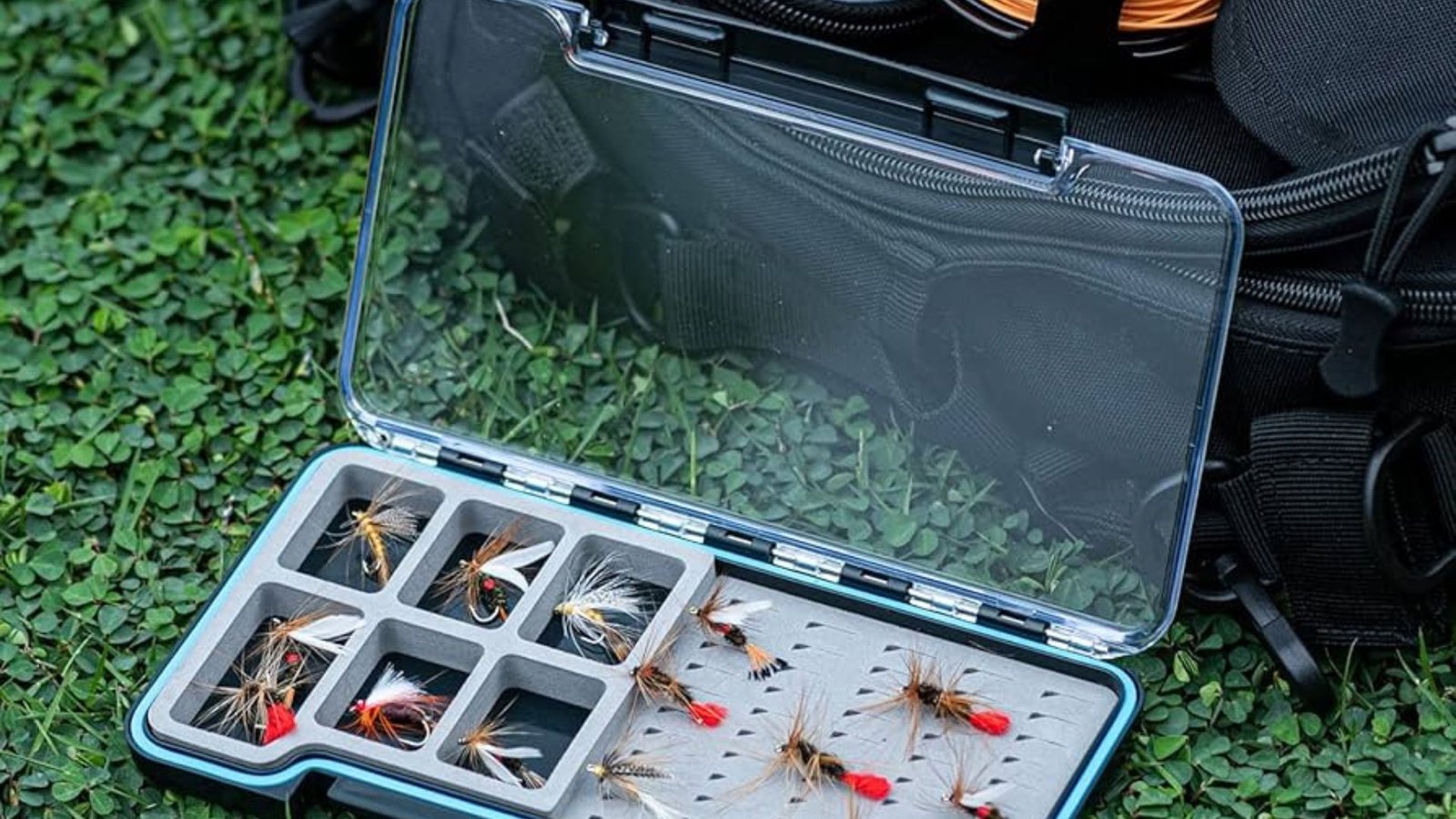Storing salmon fish in freezer bags is an effective way to preserve its freshness and flavour for future use. This guide outlines the steps and best practices for storing salmon fish in freezer bags to ensure optimal quality and convenience.
Why Store Salmon Fish in Freezer Bags?
Storing salmon fish in freezer bags helps prevent freezer burn and preserves the fish’s texture and taste. Properly packaged salmon can last several months in the freezer without losing its nutritional value or succulence. It’s a convenient method for keeping salmon on hand for quick and easy meals.

How to Store Salmon Fish in Freezer Bags
Choosing the Right Freezer Bags
When storing salmon fish, it’s essential to use high-quality freezer bags designed for long-term storage. Look for bags labeled as freezer-safe and durable enough to resist punctures and tears. Opt for bags that allow you to remove excess air, as minimizing air exposure helps prevent freezer burn.
Preparing the Salmon for Freezing
Before storing salmon fish in freezer bags, ensure it is properly prepared. Start by cleaning the salmon thoroughly, removing scales, and gutting the fish. Rinse the salmon under cold water to remove any residual blood or debris. Pat the fish dry with paper towels to remove excess moisture, as moisture can lead to ice crystals during freezing.
Portioning the Salmon
For convenient use later on, consider portioning the salmon before freezing. Cut the fish into individual fillets or steaks, depending on your preference. Portioning allows you to thaw only the amount you need for a meal, reducing waste and ensuring each portion freezes evenly.
Packing the Salmon in Freezer Bags
To pack salmon fish in freezer bags, start by labelling the bags with the date and contents for easy identification later. Place one or two salmon portions into each bag, ensuring they lie flat in a single layer. This arrangement helps the fish freeze quickly and evenly. Remove as much air as possible from the bag before sealing to minimize the risk of freezer burn. You can use a straw inserted into the corner of the bag to suck out excess air before sealing.
Sealing the Freezer Bags
Properly sealing freezer bags is crucial for preserving salmon fish effectively. Once the salmon portions are in the bag and excess air is removed, seal the bag tightly. Press along the seal to ensure it’s completely closed and airtight. Double-check the seal to prevent any leaks or air exposure that could compromise the quality of the fish during freezing.
Freezing the Salmon
After sealing the freezer bags, place them flat in the freezer. Arrange the bags in a single layer to allow for faster freezing. Avoid stacking bags on top of each other until they are completely frozen to prevent them from sticking together. Maintain a consistent freezer temperature of 0°F (-18°C) or below to ensure optimal storage conditions.
Thawing and Using Frozen Salmon
When ready to use the frozen salmon, thaw it safely in the refrigerator overnight or under cold running water. Avoid thawing salmon at room temperature, as this can lead to bacterial growth. Once thawed, use the salmon in your favorite recipes, such as grilling, baking, or pan-searing.
Conclusion
Storing salmon fish in freezer bags is a practical and efficient way to preserve its freshness and flavour for future enjoyment. By following these steps—choosing the right bags, preparing the salmon, portioning, packing, sealing, and freezing—you can ensure your salmon remains delicious and ready to use whenever you need it. Enjoy the convenience of having high-quality salmon on hand for a variety of meals. Happy freezing!




